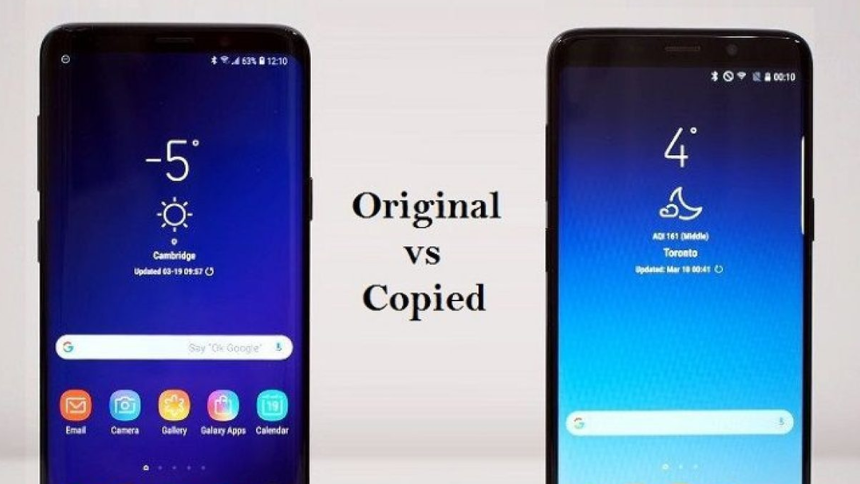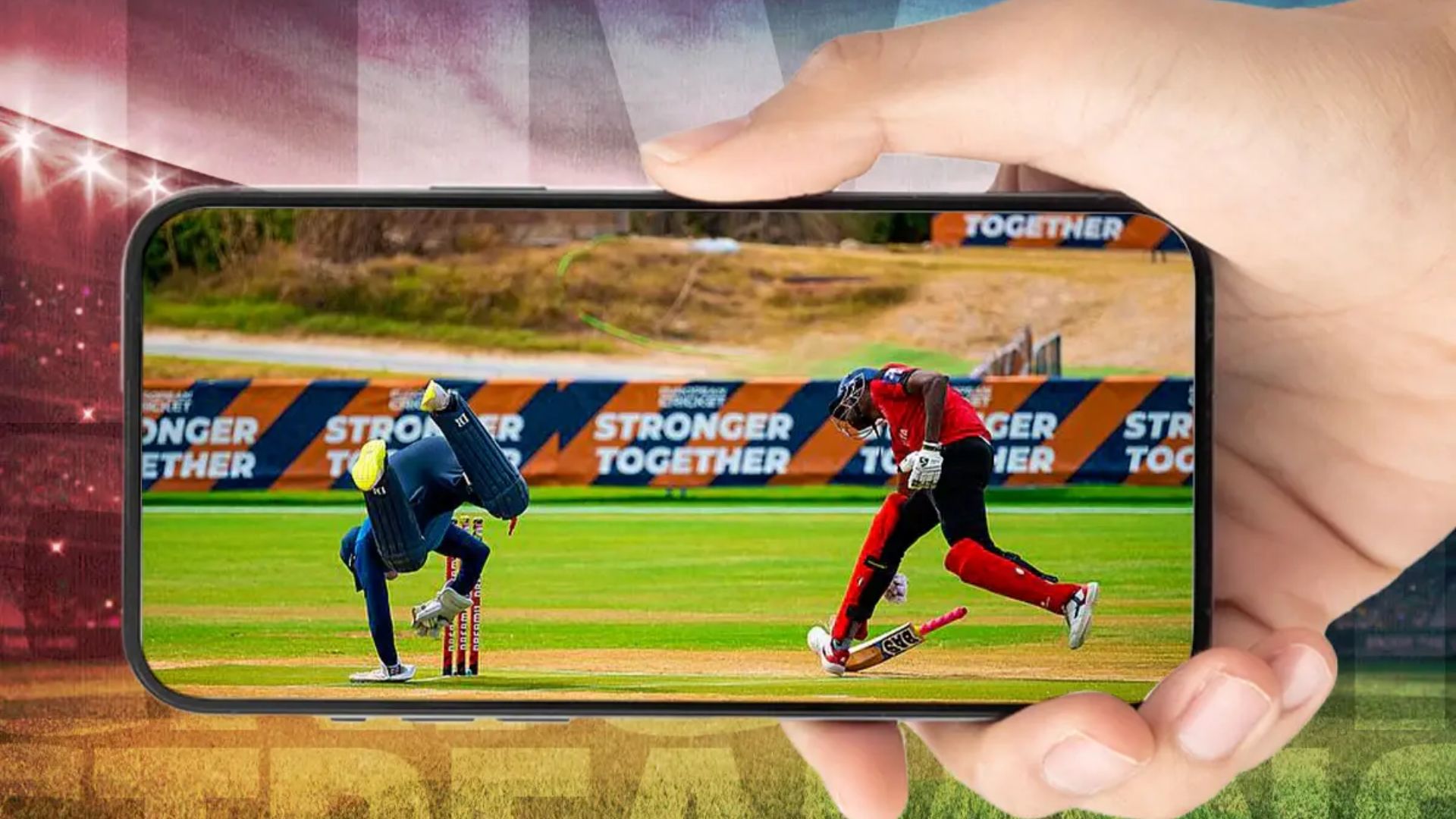Introduction
In today’s tech-savvy world, mobile display screens are the windows through which we interact with our digital lives. From browsing the internet to playing games, the quality of a mobile screen can significantly impact our user experience. This article delves into the fascinating evolution, current state, and future prospects of mobile display screens, ensuring you understand why these tiny canvases are so crucial.
History of Mobile Display Screens
The journey of mobile display screens began with simple monochrome displays. Remember those first mobile phones with greenish screens and chunky pixels? They were functional but far from today’s sleek, vibrant displays. The transition to color screens marked a significant milestone, allowing users to enjoy more visually appealing interfaces and multimedia content.
LCD (Liquid Crystal Display)
LCDs were the first major leap in mobile screen technology. They work by blocking light rather than emitting it, which means they require a backlight. This makes them less energy-efficient compared to newer technologies.OLED screens are a game-changer. Each pixel in an OLED screen emits its own light, eliminating the need for a backlight. This results in better color contrast and lower power consumption.AMOLED screens improve upon OLED by using an active matrix to control the pixels. This allows for faster refresh rates and better overall performance, making them a favorite in high-end smartphones.Super AMOLED takes things a step further by integrating touch sensors directly into the screen rather than as a separate layer. This not only improves touch responsiveness but also enhances screen visibility under direct sunlight.
High Definition (HD) and Full HD
The move to HD and Full HD resolutions brought sharper and clearer images, making everything from text to videos look more detailed and crisp.Apple’s Retina Display set a new standard by packing in so many pixels that the human eye can’t discern individual ones at a typical viewing distance. This results in incredibly smooth and lifelike visuals.Today, we see phones boasting 2K and 4K resolutions, pushing the boundaries of screen clarity. These ultra-high resolutions are especially beneficial for large screens and VR applications, providing an immersive experience.
Key Features of Modern Mobile Screens
Resolution determines how sharp and detailed the screen image appears. Higher resolutions mean more pixels per inch (PPI), resulting in clearer images.The refresh rate, measured in Hertz (Hz), indicates how many times per second the screen updates its image. Higher refresh rates (90Hz, 120Hz, etc.) lead to smoother animations and a more responsive feel, especially beneficial for gaming.Modern screens offer high brightness levels and contrast ratios, ensuring visibility even in bright outdoor conditions and deep, rich colors for a more engaging viewing experience.Color accuracy is crucial for tasks like photo editing. It ensures that the colors displayed on the screen are true to life, making a big difference in professional and creative work.
Impact of Mobile Screens on User Experience
High-quality displays with good resolution and color accuracy reduce eye strain by providing clear and consistent visuals. Features like blue light filters also help mitigate the negative effects of prolonged screen use.A screen’s responsiveness can make or break the user experience. Advances in touch technology, such as Super AMOLED, ensure that screens respond quickly and accurately to touch inputs.Screen technology plays a significant role in battery consumption. OLED and AMOLED screens, which only light up the necessary pixels, are more energy-efficient compared to LCDs with constant backlighting.
Popular Mobile Screen Technologies
Gorilla Glass is a toughened glass used in many mobile screens to protect against scratches and drops. Its durability has made it a standard in the industry.Introduced by Apple, 3D Touch allows screens to sense different levels of pressure, providing a new way to interact with the device through pressure-sensitive inputs.These sensors allow fingerprint recognition to be integrated directly into the screen, enhancing both security and design by eliminating the need for a separate sensor.
Comparison of Mobile Display Technologies
LCD screens are typically brighter and more affordable, but they can’t match the color accuracy and power efficiency of OLED screens.While both offer superior color and efficiency, AMOLED’s active matrix technology provides better performance, particularly for motion-intensive applications.Super AMOLED stands out due to its integrated touch layer, providing superior touch responsiveness and outdoor visibility compared to other screen types.
Future Trends in Mobile Display Screens
Flexible and foldable screens are poised to revolutionize the mobile industry, offering new form factors and enhanced portability. These screens use advanced OLED technology to bend and fold without breaking.MicroLED is the next big thing, promising better brightness and efficiency than OLED while avoiding burn-in issues. This technology could lead to even more vivid and durable displays.Transparent screens, though still in the early stages, could lead to innovative applications in AR and new types of interactive displays.
Moto – https://en-in.support.motorola.com/app/answers/detail/a_id/133816
Samsung – https://www.samsung.com/in/support/spare-part-pricing-list-for-repair/
Poco – https://www.poco.in/spare-parts
Mi – https://www.mi.com/in/service/sparepartsprice/
Oneplus – http://www.oneplus.in/support/
Realme – https://www.realme.com/in/support/spare-parts-price
Apple – https://support.apple.com/en-in/iphone/repair
Vivo – https://www.vivo.com/in/support/accessory
Oppo – https://support.oppo.com/in/spare-parts-price/
Impact of Screen Size on Mobile Design
Manufacturers constantly strive to balance screen size with usability. Larger screens offer a better viewing experience but can make the device harder to handle.Edge-to-edge displays maximize screen real estate without increasing the overall size of the device. This design trend has become standard in modern smartphones, offering an immersive viewing experience.Advancements in materials like Gorilla Glass have significantly improved scratch resistance, making screens more durable and long-lasting.Many modern screens are also water-resistant, thanks to improved sealing techniques and water-repellent coatings, offering better protection against accidental spills and splashes.
Environmental Impact of Mobile Screens
Mobile screens are complex to recycle due to the mix of materials used. Improving recycling processes is crucial to reducing environmental impact.The industry is gradually shifting towards more sustainable materials in screen production, aiming to lessen the environmental footprint of our devices.
Customizing Mobile Display Settings
Users can optimize their viewing experience by adjusting brightness and color balance settings according to their preferences and ambient lighting conditions.Night mode and blue light filters help reduce eye strain during nighttime use by minimizing the amount of blue light emitted by the screen.





